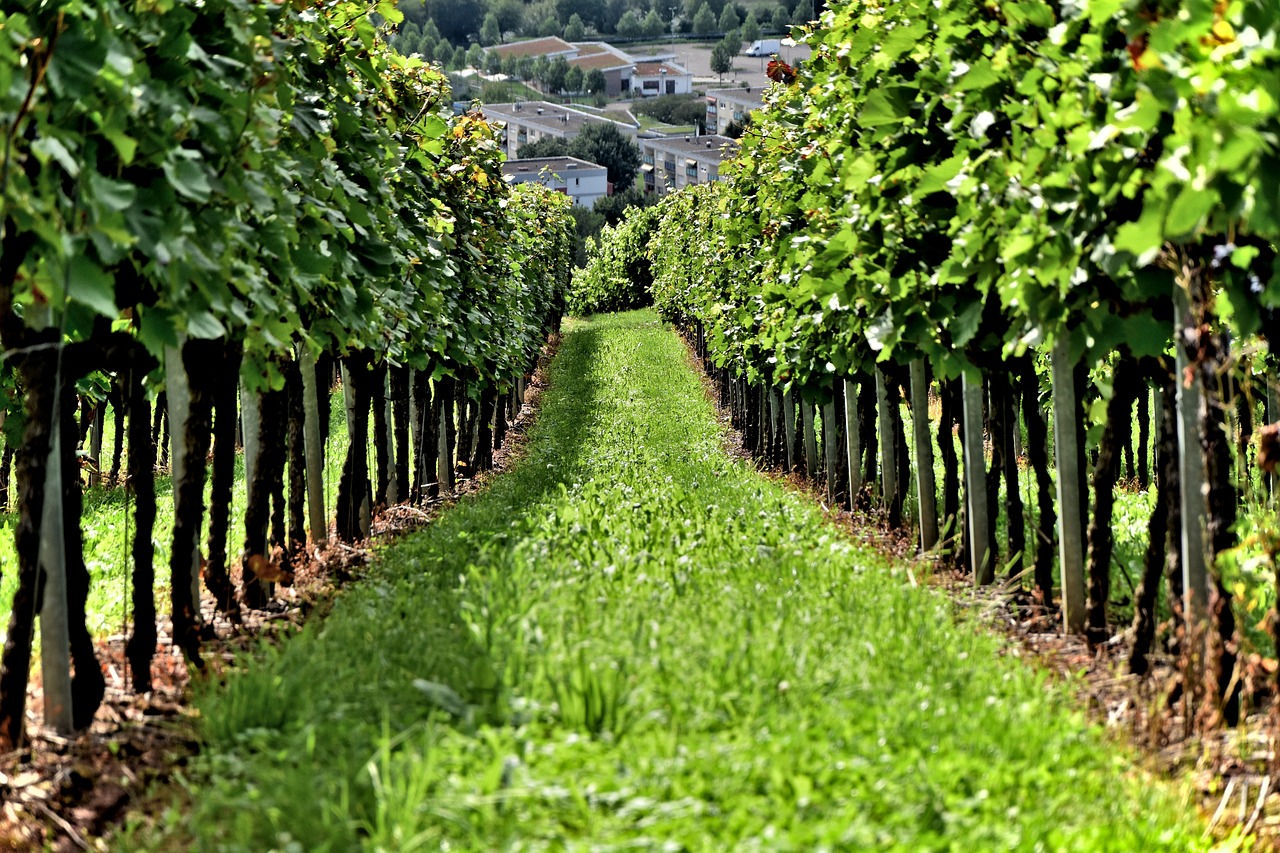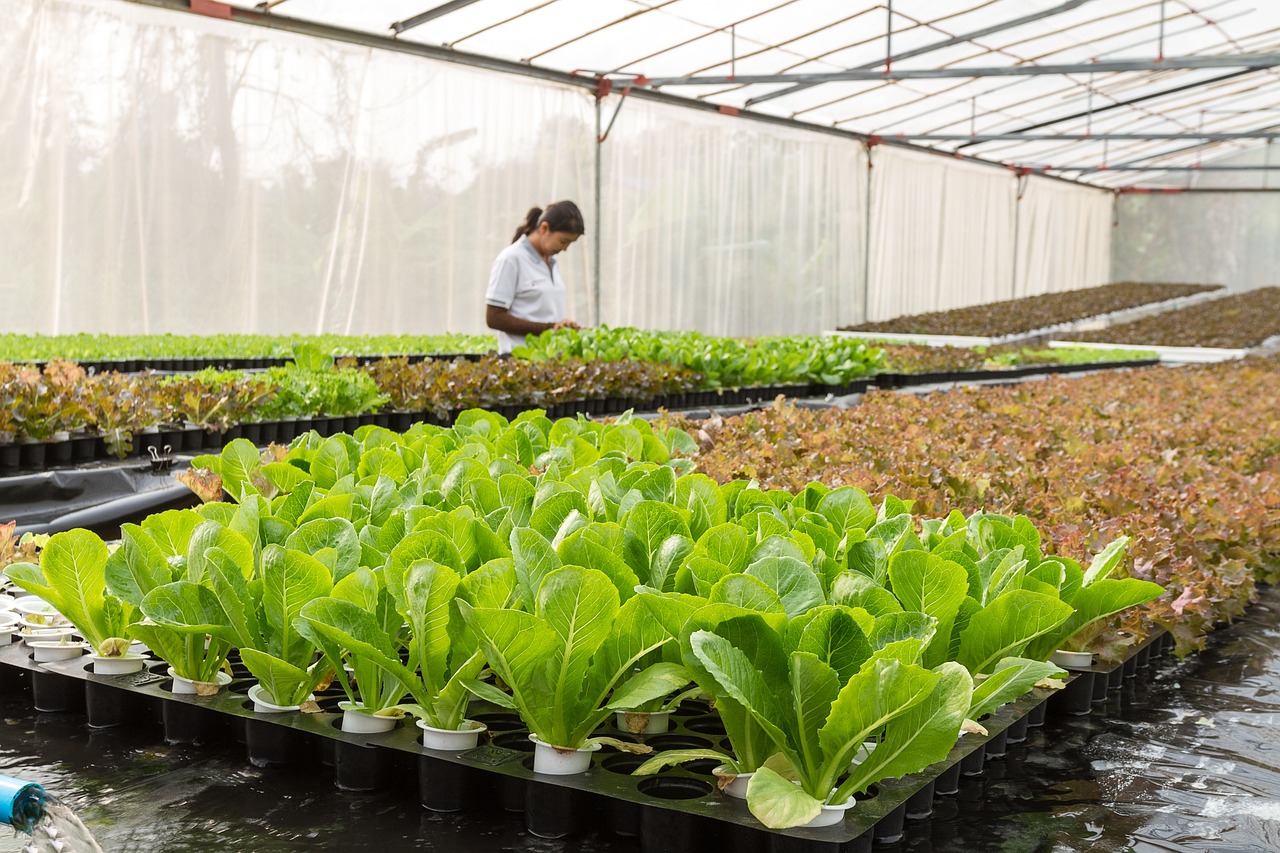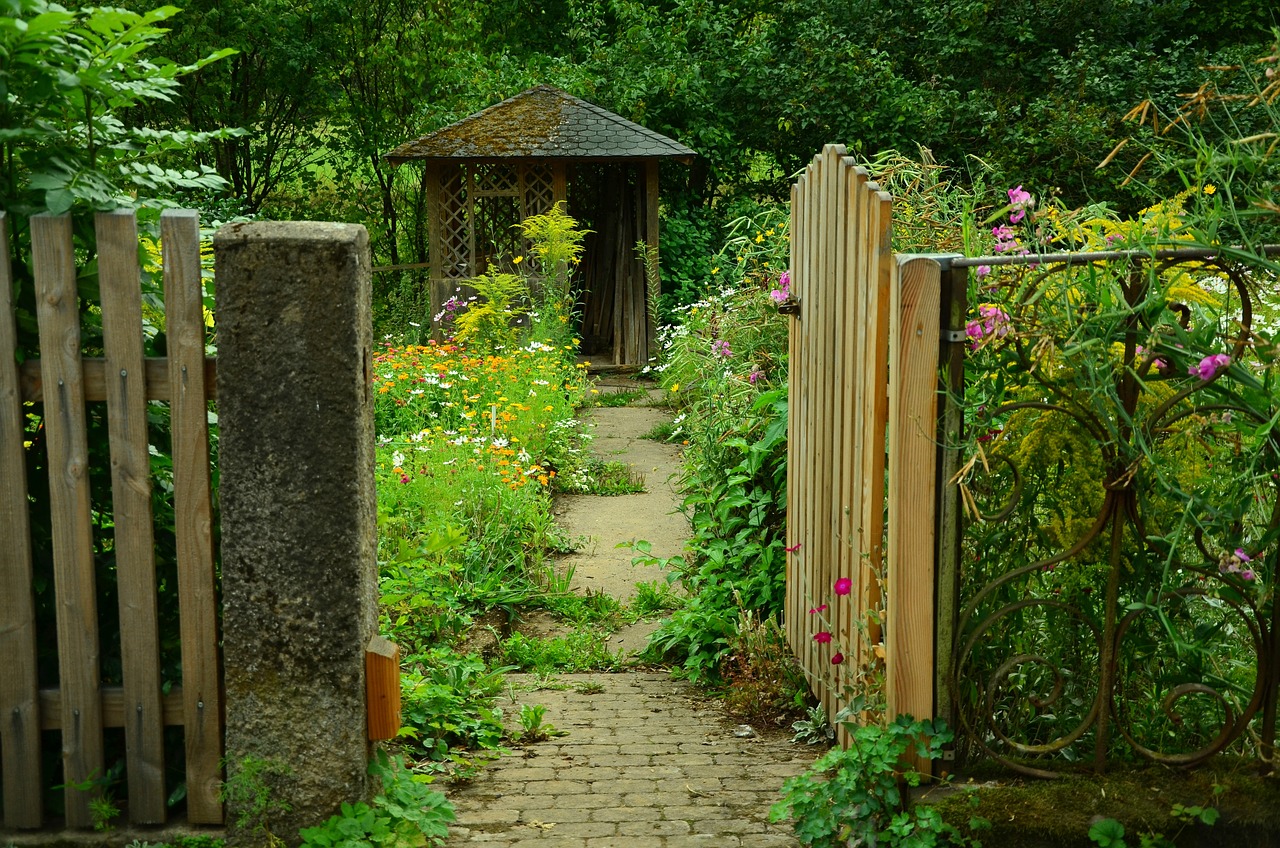Are you looking for a sustainable way to garden that mimics the natural ecosystems around us? Permaculture gardening may be just what you need. This design system focuses on creating self-sustaining environments that reduce waste, conserve water, promote biodiversity, and use renewable resources.
By following permaculture principles, you can create a beautiful garden that benefits both you and the environment. Permaculture gardening involves more than just growing food. It is a holistic approach to designing sustainable systems that work in harmony with nature.
By understanding the interactions between different elements in your garden, you can create a self-sustaining ecosystem that requires minimal inputs from you. In this article, we’ll explore the benefits of permaculture gardening and how you can use this design system to create a sustainable garden that supports your needs and the needs of the planet.
Mimicking Natural Ecosystems for Resilience
Let’s mimic the resilience of natural ecosystems by using permaculture gardening techniques! Permaculture gardening is all about designing sustainable systems that work in harmony with nature. By mimicking natural ecosystems, we can create a garden that is self-sustaining and resilient.
One of the key benefits of permaculture gardening is ecological balance. By designing a garden that mimics a natural ecosystem, we can create a balanced environment that supports a diverse range of plant and animal life. This balance is essential for the health of the garden, as it helps to control pests and diseases, and ensures that nutrients are recycled within the system.
Another benefit of permaculture gardening is soil regeneration. By using techniques such as composting, mulching, and cover cropping, we can build healthy, fertile soil that is rich in organic matter. This not only supports plant growth, but also helps to sequester carbon from the atmosphere, making permaculture gardening a powerful tool for mitigating climate change.
Reducing Waste and Conserving Water
By reducing waste and conserving water, you can make a significant impact on the environment and preserve our precious resources.
Water-saving techniques are essential in permaculture gardening because it’s a practice that maximizes the use of water while minimizing waste.
One technique is the use of rainwater harvesting, which involves collecting rainwater in tanks and using it for irrigation. This method not only conserves water but also reduces the demand on the municipal water supply.
Another technique is the use of mulching, which involves covering the soil with organic materials like leaves, straw, and grass clippings. Mulching helps to retain moisture in the soil, reducing the frequency of watering.
Composting is another strategy that helps to reduce waste and conserve water. Composting involves the decomposition of organic materials like food scraps, leaves, and grass clippings into nutrient-rich soil. This soil can then be used to nourish plants in the garden.
By composting, you reduce the amount of waste that goes to landfills, which in turn reduces methane emissions. Additionally, composting helps to improve soil health, which increases the soil’s ability to retain water.
By reducing waste and conserving water through these techniques, you can not only benefit your garden but also contribute to a healthier environment.
Promoting Biodiversity
To promote biodiversity in your garden, it’s important to incorporate a variety of plants and create habitats for wildlife.
One way to do this is by planting native species that are adapted to the local climate and soil conditions. These plants provide food and shelter for local wildlife, and help to restore the natural balance of the ecosystem.
In addition to planting native species, you can also incorporate features that promote biodiversity, such as bird feeders, bird baths, and nesting boxes. These features provide a safe haven for birds and other wildlife, and help to create a diverse and thriving ecosystem in your garden.
By promoting biodiversity, you can help to restore the natural balance of your local ecosystem and create a healthy and sustainable environment for both wildlife and humans.
Using Renewable Resources
Using renewable resources is a simple way to reduce your impact on the environment and ensure a brighter future for generations to come. Permaculture gardening emphasizes eco-friendly practices and encourages the use of renewable energy solutions.
Renewable resources such as solar, wind, and hydro power can be used to power irrigation systems, lighting, and other tools essential to a permaculture garden. In addition to using renewable energy, permaculture gardening also promotes the use of natural resources that can be replenished over time, such as rainwater harvesting and composting.
These practices not only reduce the use of non-renewable resources but also promote healthier soil and plant growth. By implementing these sustainable practices, permaculture gardeners can create a self-sufficient system that benefits both the environment and the community.

Designing a Sustainable Garden System
Creating a garden that works in harmony with nature requires careful planning and consideration of the environment. One of the key aspects of designing a sustainable garden system is companion planting. This involves planting different crops together that can benefit each other in various ways, such as repelling pests, improving soil health, and increasing yields.
For example, planting marigolds alongside tomatoes can help repel harmful insects, while planting beans alongside corn can help fix nitrogen in the soil, which is essential for plant growth.
In addition to companion planting, soil health is another crucial factor in designing a sustainable garden system. Healthy soil can provide essential nutrients for plants, retain water more efficiently, and support a thriving ecosystem of microorganisms.
To improve soil health, consider adding organic matter such as compost and mulch, rotating crops to prevent soil depletion, and avoiding the use of chemical fertilizers and pesticides.
By designing a garden system that focuses on companion planting and soil health, you can create a sustainable and thriving garden that benefits both you and the environment.
Frequently Asked Questions
How much time and effort does it take to maintain a permaculture garden system?
Managing your time efficiently is crucial when maintaining a permaculture garden system. Although it requires initial effort and investment, it can be cost-effective in the long run. The amount of time needed varies depending on the size and complexity of the system.
Can permaculture gardening be implemented in all types of climates and regions?
Permaculture gardening can face adaptability challenges depending on the climate and region. Not all regions are suitable for the same plants and techniques, but with research and experimentation, permaculture can be adapted to various climates and regions.
How does permaculture gardening contribute to reducing carbon emissions?
By practicing permaculture gardening, you can reduce carbon emissions through carbon sequestration and soil regeneration. This is achieved by using natural methods to increase soil organic matter and plant diversity, which in turn helps absorb and store carbon from the atmosphere.
Are there any potential drawbacks or challenges to implementing a permaculture garden system?
When considering permaculture gardening, it’s important to evaluate the feasibility and potential challenges. A cost benefit analysis and training to address any knowledge gaps can help ensure success.
How can permaculture gardening be used in urban or small space settings?
To use permaculture gardening in urban or small spaces, try container gardening or vertical farming. You can grow a variety of plants in containers, and vertical farming allows you to grow plants in a small area by stacking them vertically.
Conclusion
So, you’ve learned about the benefits of permaculture gardening and how it can help you design sustainable systems.
By mimicking natural ecosystems, reducing waste and conserving water, promoting biodiversity, and using renewable resources, you can create a garden that not only benefits you but also the environment.
By designing a sustainable garden system, you can grow your own food, reduce your carbon footprint, and enjoy a beautiful and functional space.
Remember, permaculture gardening isn’t just about gardening. It’s about creating a sustainable lifestyle that benefits you and the planet.
So, get started on your permaculture garden and see the benefits for yourself!










